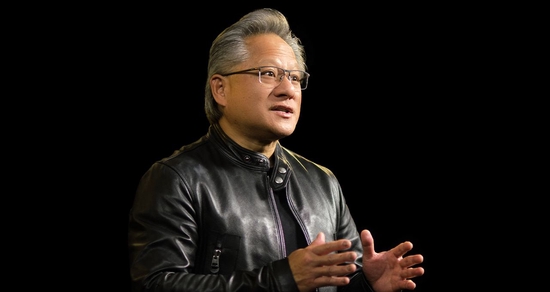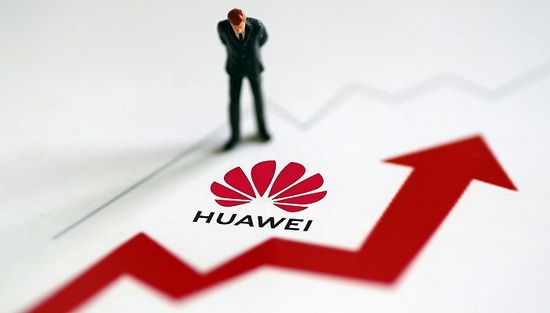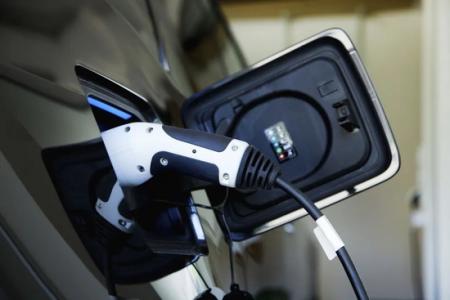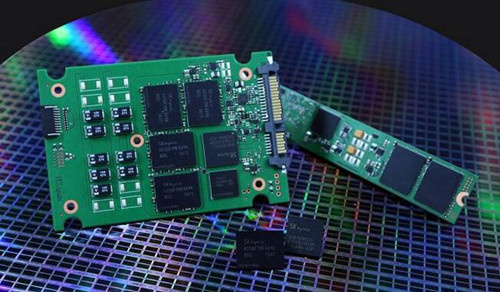your current location is:Home > Finance > NewsletterHomeNewsletter
Nvidia CEO Jensen Huang: Moore's Law is over
In response to the outside world's discussion about the high price of the just-released 40-series graphics card, Huang Renxun explained that achieving twice the performance expectations at a similar cost is "a thing of the past" for the industry.
"The metaverse seems incomprehensible today, but it will be very important in the future. Twenty years ago, 25 years ago, the Internet seemed incomprehensible. 15 years ago, the mobile Internet also seemed incomprehensible. Now, the next generation of Internet, The Metaverse Internet, it’s not clear yet, but it will be. The computer industry is building the next world.”
 Nvidia founder and CEO Huang Renxun Image source: Nvidia
Nvidia founder and CEO Huang Renxun Image source: Nvidia"Moore's Law is over." On September 21, Nvidia founder and CEO Huang Renxun said in an interview with the media including The Paper (www.thepaper.cn). Responding to comments that the just-released 40-series graphics cards were overpriced, he explained that doubling performance expectations at similar costs is "a thing of the past" for the industry.
Moore's Law is Intel co-founder Gordon E. Moore's prediction of innovation in the semiconductor industry that the number of transistors integrated in a chip doubles roughly every 24 months while prices fall by half. Later, everyone shortened this cycle to 18 months.
"Today's 12-inch wafers are much more expensive, not a little bit more expensive, but a lot more expensive." Huang Renxun said, "Now technology is getting more and more expensive, so we must use more methods, such as RTX, DLSS, Inventions like SCR, Tensor Cores, allow us to continue to overcome cost increases.”
Another reason Jen-Hsun Huang explained the big price hike is that its latest RTX 4090 offers higher performance than the previous-generation RTX 3000, not just double the performance of Moore's Law. To achieve this leap in performance, not just in hardware, Nvidia has invested heavily across the stack. "The future is about accelerating the full stack, you have to come up with new architectures, come up with the best possible chip design."
When receiving a question from The Paper (www.thepaper.cn), Huang Renxun talked about his understanding of the future of the "metaverse" and the idea of constructing Omniverse. He also shared his views on the semiconductor supply chain and the recent U.S. export restrictions on Nvidia H100 and A100 chips.
The Omniverse and the "Metaverse" as the Next Generation Internet
"The metaverse seems incomprehensible today, but it will be very important in the future." Huang Renxun told The Paper (www.thepaper.cn), "20 years ago, 25 years ago, the Internet seemed incomprehensible. 15 years ago, The mobile Internet also looks incomprehensible. Right now, the next generation of the Internet, the Metaverse Internet, is not very clear, but it will be in the future. The computer industry is building the next world.”
Huang Renxun said that in the first generation of the Internet, the amazing feature is that we can go from one document to another without leaving, which is called hypertext. If every document is a website or an application, we can connect everyone into a framework. So the Internet connects the world into a standard called HTML.
The second generation of Internet is the mobile Internet. Huang Renxun said, "This is the era of China's IT industry taking off. The mobile Internet is continuously online, and the cloud services in the background of mobile devices constantly update your mobile experience and connection experience. Suddenly, computing Become continuous, not only when you ask for it, but even when you don't. So everything on the entire internet is updated and you never have to ask for it individually. The mobile internet has made computing an integral part of our lives part of the service, it allows us to continue to use all services.”
"The next-generation Internet is about connecting the digital world and the physical world," Huang said. "Today's Internet is actually mainly about connecting humans. The next-generation Internet will connect everything. Your car will be an autonomous system connected to the Internet. , delivery robots and manufacturing robots, and entire buildings, every room, every warehouse, every retail store, everything will be connected to the internet and basically autonomous.”
"In this new world, the digital part and the physical part will merge with each other, and we need a new type of software." From this, Huang Renxun talked about the purpose of building Omniverse, "Before deploying AI in the physical world, we must first The physical world is simulated in software, and there needs to be a so-called digital twin to constantly test it. Omniverse was created for this reason.”
Huang Renxun believes that all AI worlds in the future can be realized through Omniverse, including games and industries.
The Roots and Complexity of Semiconductor Supply Chain Weaknesses
On August 31, Nvidia announced that it has received a notification from the U.S. government that future exports of the A100 and upcoming H100 chips to China and Russia will require new license requirements. Specifically, it restricts Nvidia's sales of high-performance artificial intelligence chips A100 and H100 to China, but still authorizes Nvidia's H100 for development for export, re-export and domestic transfer purposes.
The A100 and H100 chips are two generations of NVIDIA's flagship GPU computing chips, which are mainly used to accelerate artificial intelligence tasks and large-scale cloud computing centers.
In this regard, Huang Renxun said that for Chinese users who want to use H100 products, they need to seek authorization. But at the same time, "We will provide a complete product line based on the Hopper architecture. All GPUs are compatible in architecture and software, and there will be some versions that are not limited to meet the needs of the vast majority of markets. A100 products are just our One of five products based on the Ampere architecture, so users can also have other options to meet their needs.”
In addition, Jen-Hsun Huang also talked about the semiconductor supply chain, emphasizing that the world needs to realize that the semiconductor supply chain is very complex. “To make a mobile phone, a car or a computer, it takes almost the whole world. The most advanced organic substrate in the world comes from Japan, but it is integrated into the computer in China, the software is developed in the United States, etc. . . So having to look at the supply chain from start to finish and realize how unbelievably the world has come together.”
At the same time, Jen-Hsun Huang also talked about the source of weakness in the semiconductor supply chain, "In order to make the supply chain more resilient, one of the most important things is of course to ensure that advanced technology is still available, but we must also make all supply chains 'ancient' technology into a more modern world."
"Otherwise, like we've heard about a lot of cars that don't ship because of USB transceivers, or cars that don't ship because they don't have power windows, or microcontrollers for automatic seats that aren't available. None of this is because there is no Very powerful CPU." Huang Renxun said, "The whole world realizes that this is the source of our weakness. They can't stay in an old factory like this, because the old factory is not resilient, there are not enough old fabs. So we need to move 150 Nano, 90-nanometer old semiconductor technology, move it to a modern technology node with richer manufacturing processes and bigger factories.”
related articles
Article Comments (0)
- This article has not received comments yet, hurry up and grab the first frame~













